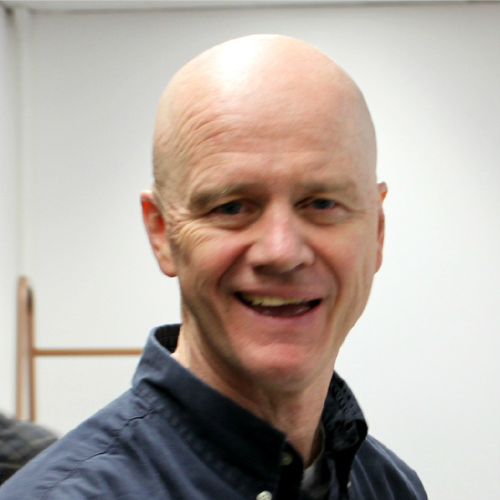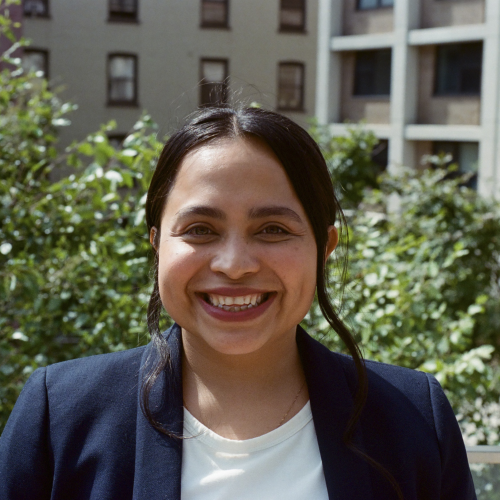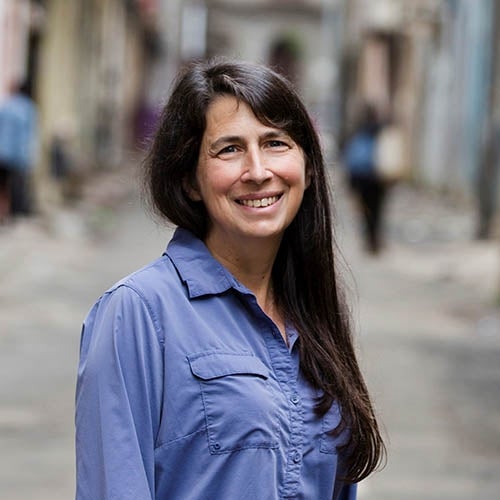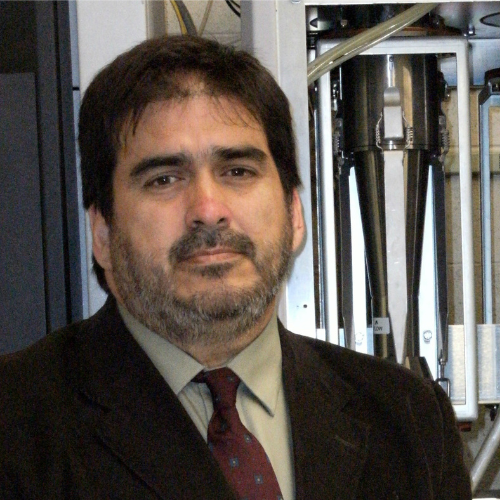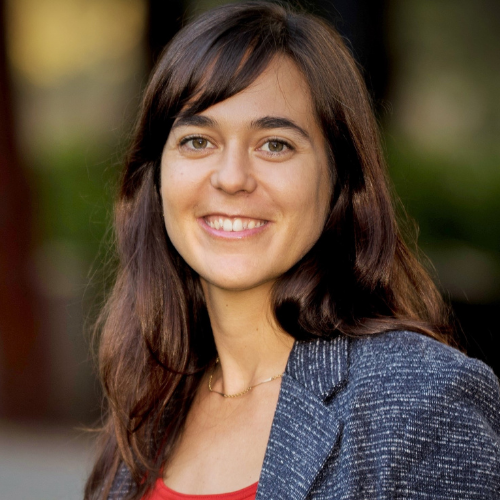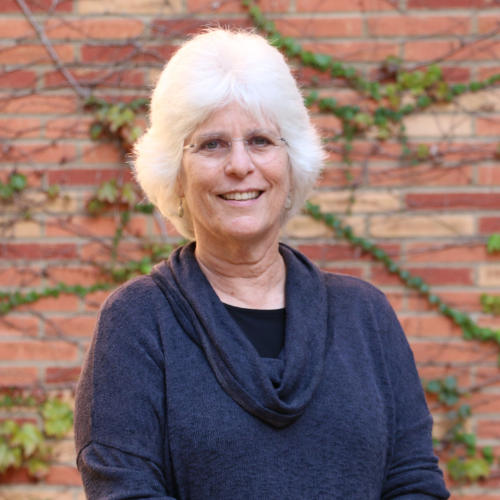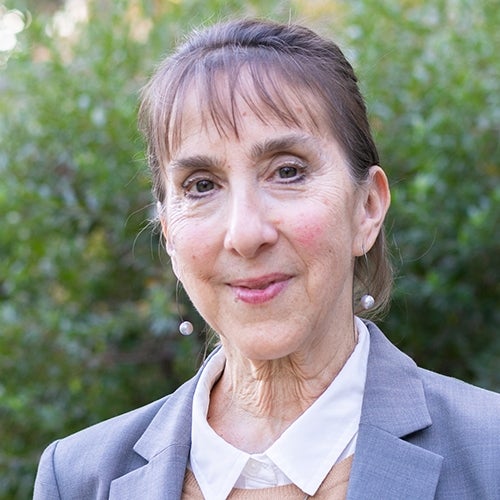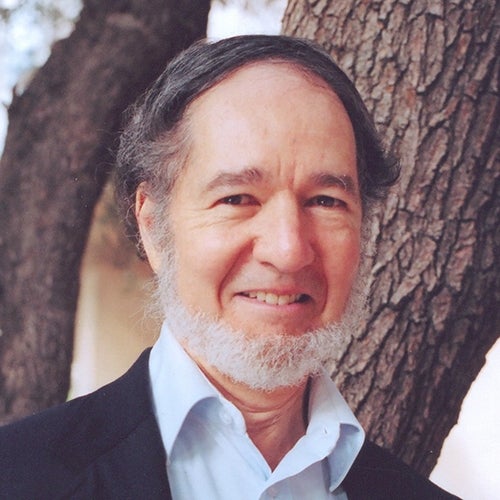UCLA-led research finds ozone exposure contributes to the development of Type 2 diabetes

Older Californians who live in communities with poor air quality, even those who engage - as recommended - in physical activities but do so outdoors, have a higher risk of Type 2 diabetes, a complex and chronic metabolic disorder caused by insulin resistance and cell dysfunction.
Although development of diabetes has typically been related to obesity and physical inactivity, its causes are complex; recent research has suggested that environmental risk factors, including air pollution, also play a major role, said Dr. Beate Ritz, a UCLA Fielding School of Public Health professor of epidemiology and environmental health sciences who has studied the impact of ozone (O3), a common element of air pollution, on human health.
“The O3-related risk of developing diabetes was 1.5 times higher in the higher-outdoor activity group, and even in the lower activity group, there is an observably higher risk compared with those living in less polluted communities,” said Ritz, a co-author of the research, who also serves as a professor of neurology at UCLA’s David Geffen School of Medicine. “Physical activity is well known and widely recognized for its health benefits, but the beneficial effects that outdoor physical activities have on human health may have to be weighed against the detrimental impacts of air pollution in areas affected by high pollution levels.”
The study, published in the September edition of the peer-reviewed journal Environmental Health Perspectives, or EHP, is available on-line as “Ozone Exposure, Outdoor Physical Activity, and Incident Type 2 Diabetes in the SALSA Cohort of Older Mexican Americans.” EHP is a monthly journal of environmental health research and news published with support from the National Institute of Environmental Health Sciences, itself part of the U.S. Department of Health and Human Services’ National Institutes of Health. Diabetes is a chronic health condition that can cause serious health problems, including heart disease, vision loss, and kidney disease.
The researchers, from four different University of California campuses (UCLA, Berkeley, Irvine, and San Francisco), focused on residents of a six county area surrounding Sacramento, all older Mexican-Americans (60 years and up) who enrolled in the Sacramento Area Latino Study on Aging, or SALSA. The counties include Placer, Sacramento, Solano, Sutter, Yolo, and Yuba, although the researchers (including Dr. Michael Jerrett, UCLA Fielding School of Public Health professor of environmental health sciences) say the increased vulnerabilities are not limited to the region, or those surveyed.
“Mexican Americans are the fastest growing segment of the U.S. population, have a high prevalence of diabetes, and are also among the most highly air pollution-exposed populations in California,” said Dr. Mary N. Haan, professor emeritus at the University of California, San Francisco, and the principal investigator on the SALSA study, which began in 1998. “Yet, thus far we are not aware of any studies in the U.S. that have explored the relationship between O3 exposure and diabetes, or evaluated whether out-door physical activity modifies associations between O3 and diabetes in this population.”
The researchers reviewed the health information recorded during the surveys, which continued until 2007 on a regular basis, and the pollution, air quality, and traffic levels in the same neighborhoods. They found that of almost 1,800 individuals surveyed, 186 newly developed diabetes.
“Although epidemiological evidence is limited, experiments suggest that ozone exposures may induce insulin resistance, which contributes to diabetes,” said Dr. Yu Yu, a Fielding School researcher and co-author of the study. “In turn, lab experiments have shown that people engaging in physical activities outdoors, and so breathing more heavily, while exposed to ozone, may be affected adversely owing to the increased inhalation of air pollution.”
The individuals who developed diabetes lived in communities with higher ozone exposure, and those who were more likely to exercise outdoors, defined as gardening and yardwork, walking, swimming, or dancing; hunting, camping, and boating; and outdoor sports, including golf were at higher risk.
“Sadly, what this makes clear is that even those Californians who are doing the right thing when it comes to health and wellness are at risk of diabetes because of poor air quality,” said Dr. Jason G. Su, a co-author and researcher at the University of California, Berkeley. “These findings are of great relevance for public health protection. Policies and strategies are needed to reduce ozone exposure in communities to guarantee that the health benefits from physical activity are not diminished by pollution exposure, especially in vulnerable populations.”
Methods: The team analyzed the health histories of more than 1,000 Mexican-American participants from the Sacramento Area Latino Study on Aging (SALSA), conducted from 1998 to 2007. Ambient Ozone (O3) exposure levels were modeled with a land-use regression built with saturation monitoring data collected at 49 sites across the Sacramento metropolitan area. Using proportional hazard models, researchers estimated the risk of developing incident diabetes based on average O3 exposure modeled for 5-years prior to incident diabetes diagnosis or last follow-up. Further, the team investigated whether higher vs. lower levels modified the association between O3 exposure and diabetes.
Funding: This work was supported by grants from the National Institutes of Health/National Institute of Environmental Health Sciences (R01ES023451, F32ES028087), National Institute on Aging (AG012975, AG033751), and National Institute of Diabetes and Digestive and Kidney Diseases (DK060753).
Data availability statement: The study data are available via the Interuniversity Consortium for Political and Social Research (ICPSR) and the air pollution data is available upon request. Supplementary material can be found at: https://ehp.niehs.nih.gov/doi/suppl/10.1289/EHP8620.
Citation: Yu Yu, Michael Jerrett, Kimberly C. Paul, Jason Su, I-Fan Shih, Jun Wu, Eunice Lee, Kosuke Inoue, Mary Haan, and Beate Ritz, (2021) Ozone Exposure, Outdoor Physical Activity, and Incident Type 2 Diabetes in the SALSA Cohort of Older Mexican Americans, Environmental Health Perspectives 129:9 CID: 097004 https://doi.org/10.1289/EHP8620
The UCLA Fielding School of Public Health, founded in 1961, is dedicated to enhancing the public's health by conducting innovative research, training future leaders and health professionals from diverse backgrounds, translating research into policy and practice, and serving our local communities and the communities of the nation and the world. The school has 631 students from 26 nations engaged in carrying out the vision of building healthy futures in greater Los Angeles, California, the nation and the world.
Faculty Referenced by this Article
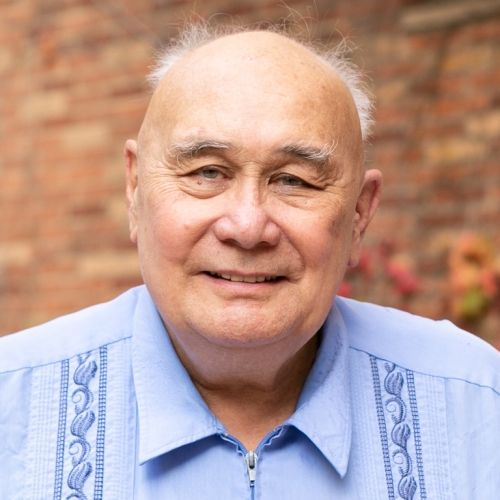
Industrial Hygiene & Analytical Chemistry

Dr. Anne Rimoin is a Professor of Epidemiology and holds the Gordon–Levin Endowed Chair in Infectious Diseases and Public Health.

Associate Professor for Industrial Hygiene and Environmental Health Sciences

Dr. Joseph Davey is an infectious disease epidemiologist with over 20 years' experience leading research on HIV/STI services for women and children.

Dr. Hankinson is a Distinguished Professor of Pathology and Laboratory Medicine, and of EHS, and Chair of the Molecular Toxicology IDP

Robert J. Kim-Farley, MD, MPH, is a Professor-in-Residence with joint appointments in the Departments of Epidemiology and Community Health Sciences














